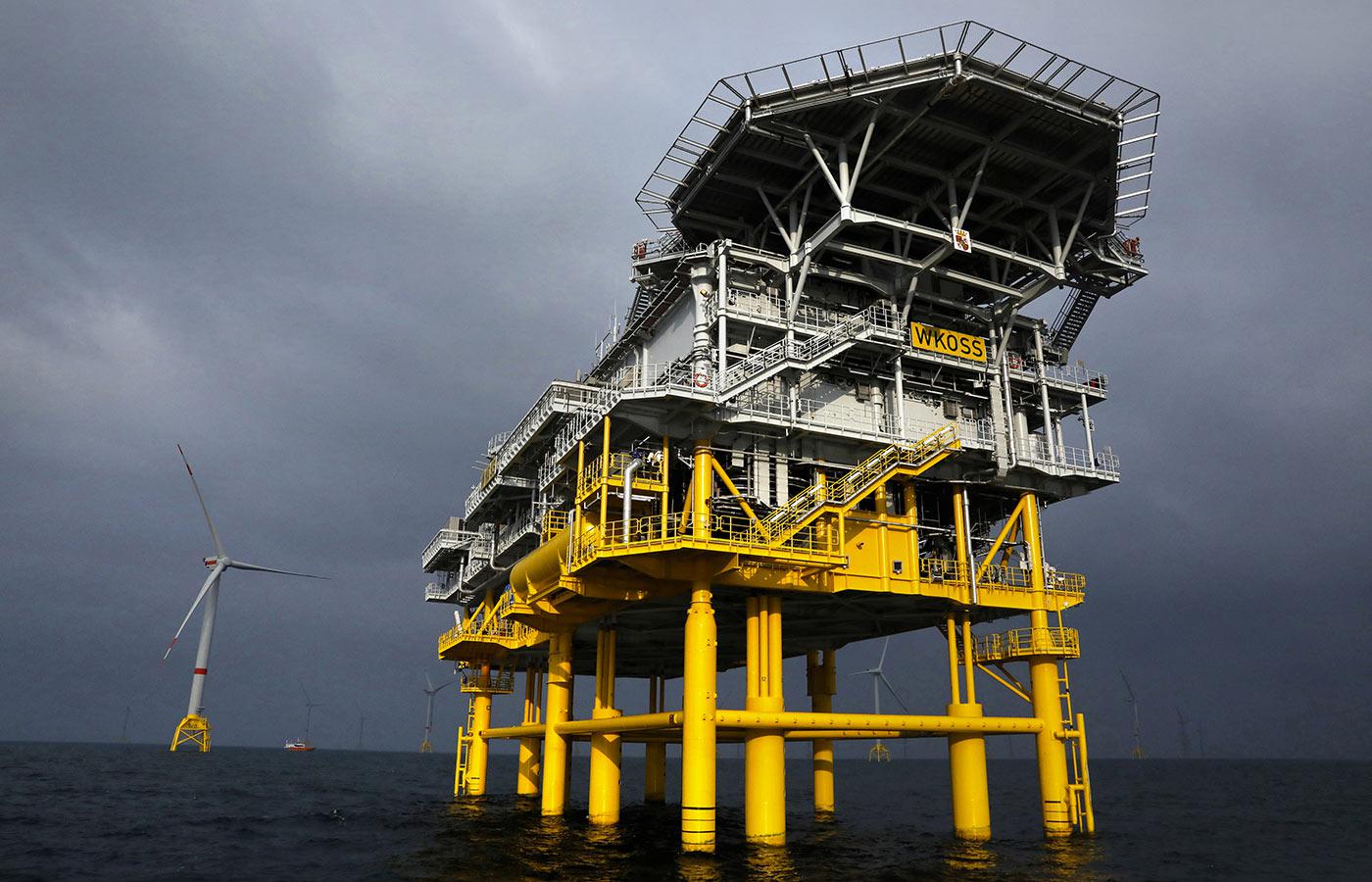Regulatory environment of the business
Spain
- There were two auctions of renewable capacity in Spain during 2017, with the award of a total of 4,100 MW of wind power and 3,900 MW of photovoltaic power. The winners must commence operations of the facilities before the end of 2019. The possibility of holding a new capacity auction in 2018 has been announced.
- Royal Decree-law 10/2017 was approved in June 2017, with measures to alleviate the drought at certain basins, increasing the hydraulic fee to 25.5% of revenues obtained from hydroelectric production, with no time limit.
United Kingdom
- The British government continues to encourage decarbonisation of the economy, and has confirmed the existing budget of £557 million for auctions in the coming years, although none are expected to be held until 2019.
- There is clear support for offshore wind technology. There could also be opportunities for onshore wind, yet to be confirmed.
The business will engage in sustainable growth, mainly based on onshore and offshore wind and solar investments in the countries most important to the group.
United States
- The tax reform approved in December 2017 did not change the PTC/ITC rules, although it extended the period for monetising tax credits.
- The States continue with their renewables support systems through the Renewables Portfolio Standard (RPS), and the policies are expected to remain stable.
Mexico
- A new long-term auction took place in 2017 for the sale of 20-year Clean Energy Certificates (Certificados de Energía Limpia) (CELs), with the award of 5.95 million certificates.
- The CEL goals were defined in March, doubling to 14% between 2020 and 2022, as were the respective penalties for noncompliance.
Brazil
- The country, which is leaving behind the recession of 2015 and 2016, has returned to renewables auctions, with two auctions in December. In the A-6 auction, Neoenergia Renewables was awarded 295 MW in wind projects. New auctions are expected in 2018.
Continental Europe
- The German electricity network has been connected to the Wikinger offshore wind farm, with an installed capacity of 350 MW, capable of supplying renewable energy to approximately 350,000 homes.
Objectives, risks and principal activities
Objectives
- Safety in operations.
- Efficiency in operations to maximise the profitability of the assets.
- Efficiency in construction costs, with a particular emphasis on offshore wind projects.
- Profitable growth in various technologies in the countries that are strategic for the group, and in new countries of interest.
Significant risks
- Competitive auction processes in the markets in which it operates.
- Prices of energy sold in short-term markets.
- Risk of access to evacuation networks and limits on production due to technical restrictions of the networks.
- Operational and technological risk.
- Limitations on operation due to environmental risks.
Principal activities 2017
- 1,164 MW of new installed capacity was added during the year:
- Onshore wind: 590 MW in the United States, 95 MW in Brazil, 94 MW in the United Kingdom, 43 MW in Mexico, 2.3 MW in Spain and -10 MW due to the sale of the company Lucana in Italy.
- Offshore wind: 350 MW in Germany.
- 1,485 MW of onshore wind power is under construction: 846 MW in the United States, 326 MW in Mexico, 295 MW in Brazil and 18 MW in Spain.
- There is 10 MW of photovoltaic solar capacity under construction in the United States and 227 MW in Mexico.
- There is continued growth in offshore wind capacity with the construction in the United Kingdom of the East Anglia I project with 714 MW of capacity and commencement of the St. Brieuc (France) project.
- Work is underway on the construction of hydroelectric plants in Brazil and construction continues on the Tâmega hydroelectric project (1,158 MW) in Portugal.
Outlook 2018-2022
- Investments of €11,500 million, mainly to increase installed capacity in the United States, the United Kingdom, Spain, Portugal, Brazil and Mexico, generating additional EBITDA of €1,200 million by 2022.
- Installed capacity of 7.1 GW is expected to be installed during the 2018-2022 period, including the 714 MW East Anglia I offshore wind farm and the 1,158 MW Tâmega hydroelectric plant.
- Operational excellence achieved through management of the life cycle of assets via digitisation, maximising revenues and continuing with the advanced O&M model.
Investment plan of €11,500 million over the period, of which €10,200 million are for growth
New additional aggregate capacity during the 2018-2022 period (GW)
Key figures of the Renewables Business
| Spain | United Kingdom(1) | United States | Brazil | Mexico | Other(2) | Total | |||||||||
|---|---|---|---|---|---|---|---|---|---|---|---|---|---|---|---|
| Item | Unit | 2016 | 2017 | 2016 | 2017 | 2016 | 2017 | 2016 | 2017 | 2016 | 2017 | 2016 | 2017 | 2016 | 2017 |
| Gross Margin | €M | 764 | 777 | 385 | 493 | 802 | 783 | 37 | 78 | 69 | 71 | 123 | 125 | 2,180 | 2,327 |
| EBITDA | €M | 497 | 493 | 267 | 361 | 564 | 530 | 25 | 57 | 52 | 53 | 95 | 99 | 1,500 | 1,592 |
| Load factor(3) | % | 22.4 | 21.9 | 21.0 | 24 | 29.9 | 29 | 38.8 | 46.9 | 34.7 | 30 | 25.0 | 25.6 | 25.8 | 25.8 |
| Investments | €M | 20 | 18 | 391 | 399 | 735 | 857 | 4,8 | 105 | 5 | 323 | 502 | 677 | 1,658 | 2,380 |
Notes:
International Financial Reporting Standard IFRS-11RRe has been applied in the preparation of this table.
(1) The figures for the United Kingdom include those of the offshore wind division, except for Wikinger.
(2) Other includes Wikinger as it is an offshore wind farm outside of the United Kingdom.
(3) The load factor includes all renewable technologies.
The business will focus on sustainable development, mainly based on investments in onshore and offshore wind and in photovoltaic in the countries most important to the group, and in the safety of operations. Efficiency is a key factor for business sustainability in the medium and long terms. Iberdrola will take technological advances into account and will act on the supply chain to encourage greater efficiency in the coming years.
Load factor
Maximising the load factor of facilities, while minimising downtime through operating and maintenance measures, as well as other external factors.
Operation and maintenance costs
Continuous improvement in efficiency through global standardisation and systematisation processes, exploiting digitisation opportunities.
Project portfolio
Development of the portfolio of onshore wind projects in Spain, the United Kingdom, the United States, Brazil and Mexico, the photovoltaic projects in Spain, the United States and Mexico, and the East Anglia 3 offshore wind project (United Kingdom).


